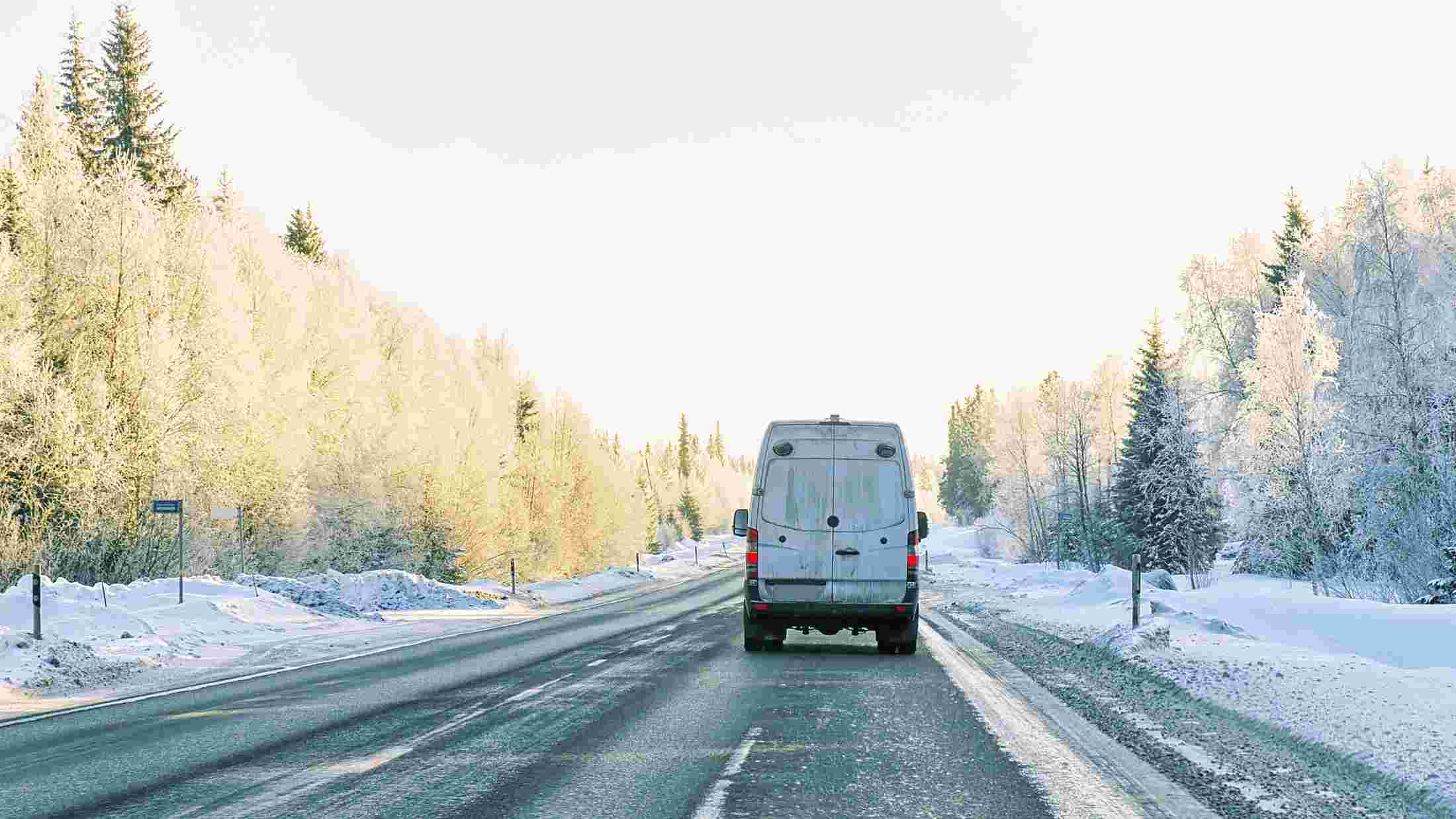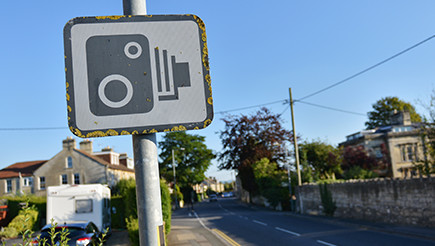The commercial vehicle market has come on leaps and bounds over the last couple of decades.
The days of the one-size-fits-all Transit are long gone, with an incredible range of vehicles available from nippy little carriers to large capacity models. So, which is right for you?
Talking vans
When you’re buying your first commercial van, it can be easy to feel a bit bogged down in unfamiliar jargon. However, you're just looking for a few simple things, and a lot of the terms will already be familiar to car drivers – such as the wheelbase, which is the distance between the centre of the front and rear wheels.
Space is given in cubic metres, but can also be measured by Euro pallets (1200mm x 800mm each). Height is referred to as H1, H2 and H3, going from lower to higher levels. The vehicle's weight is its payload or kerb weight, and the maximum a van takes is its plated weight. As the safety partition between the driver and passenger seats and the cargo area, the bulkhead is an important safety feature of the van.
Which van?
If you have your heart set on a classic Ford Transit, there are plenty of second-hand options out there. The Honest John buying guide advises opting for the best you can afford, as an older model may “cause you headaches in the future”. Choose wisely and this British icon can be a real bargain.
The other commercial van stalwart is the VW Transporter. VW’s compact Caddy is handy for city centre work, provided you don’t carry much kit. If you do, one of the editions of the VW Crafter takes up to 5.5 tonnes.
Alternatively, Auto Express recommends the Mercedes Sprinter as an excellent premium option. You can pick from a variety of different lengths and heights to find your perfect fit.
For used vehicles, try an auction. Some firms regularly renew their fleets, selling nearly new vans for reasonable prices. Look out for ex-police vans in particular, as they will have been extremely well maintained.
What features do I need?
What goods or equipment do you need to transport? As well as load-bearing capabilities, think of the practicalities. For example, barn doors are really easy to open and shut and make a practical choice for transporting pallets as forklift trucks can scoop them out without bumping into any barriers. Tailgate designs, on the other hand, can be used to create a natural shelter that comes in very handy if you spend much time loading and unloading outdoors.
If you’re transporting food or other perishable goods like flowers, refrigeration is an obvious requirement a refrigerated van is a must. And if you carry passengers as well as cargo, consider combination vans like the VW Transporter Kombi.
Make sure you do your homework, because buying a vehicle that doesn’t meet your needs could turn into an expensive drain on your resources.
Before you buy
Before you zoom off in your new vehicle, ensure that funding is in place and you have appropriate van insurance. A robust commercial vehicle insurance policy is essential to protect your business. Check out our business van insurance to keep your new motor running like a dream.






